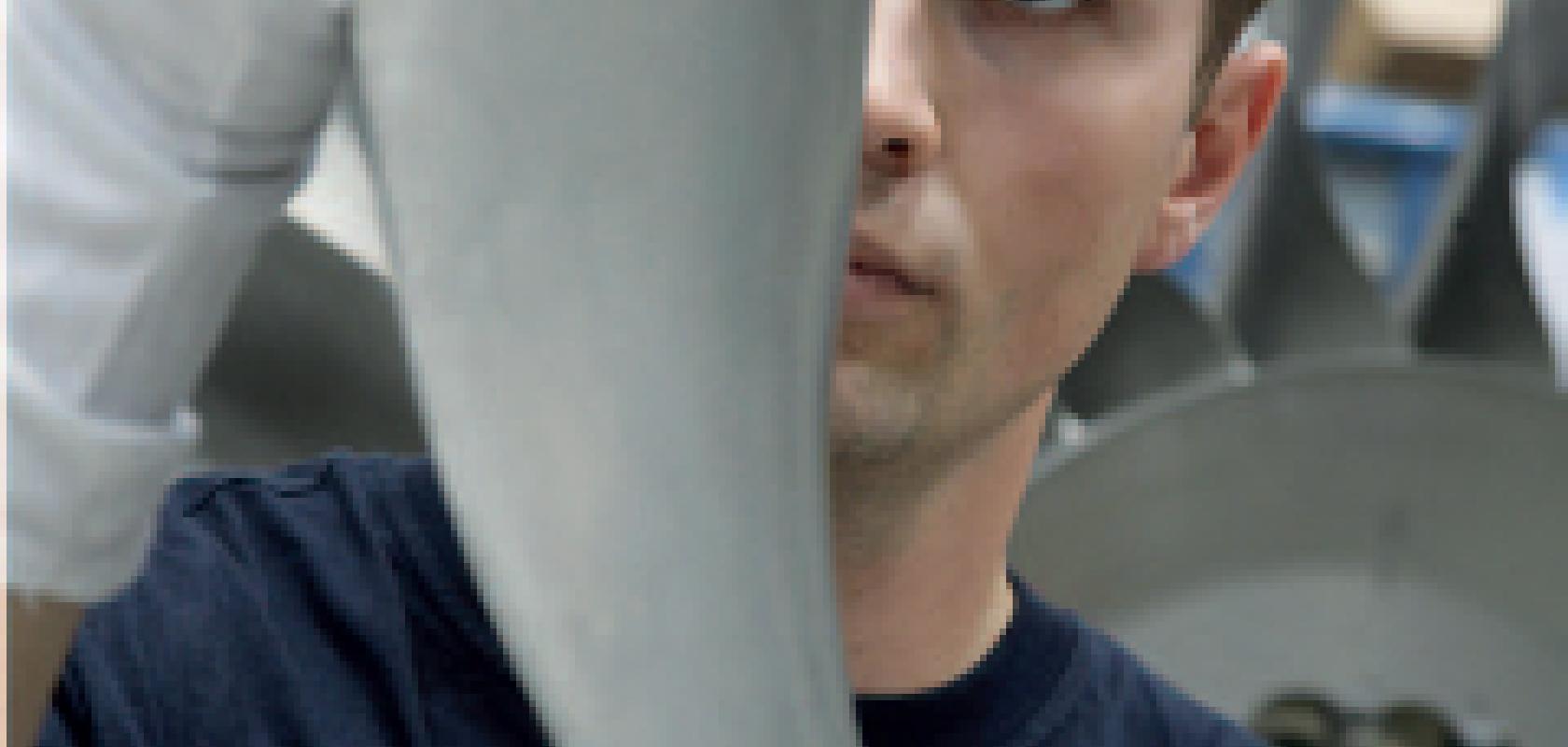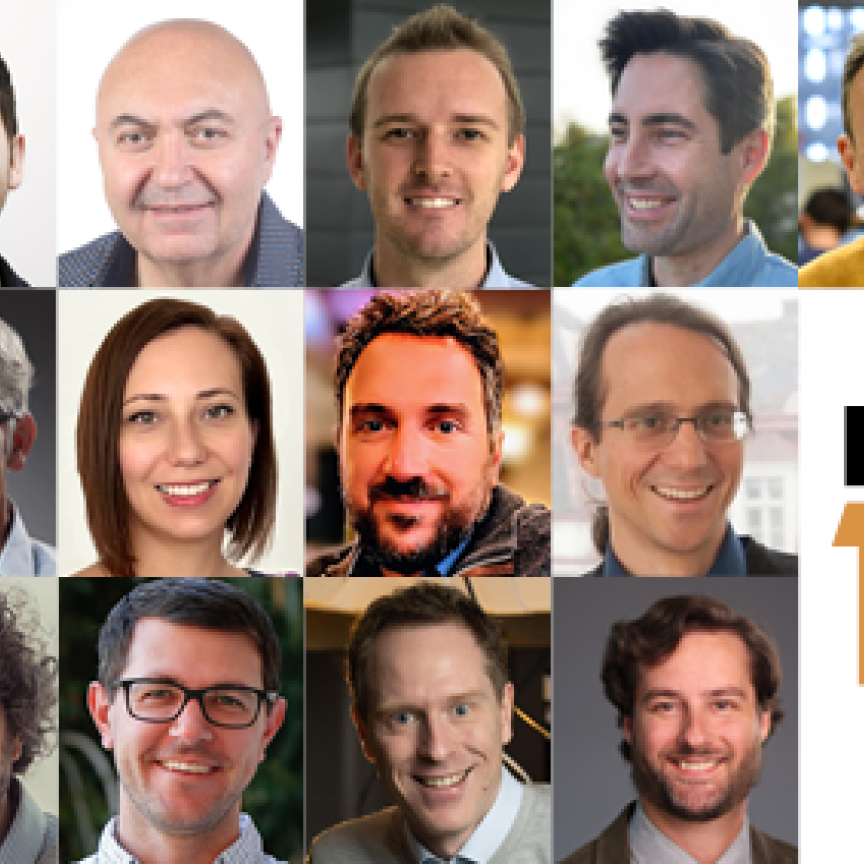Diffractive optics operate by diffraction to alter the structure of a laser beam. They have the unique property of being able to shape the incident beam or create patterns of multiple points of light in a desired formation. They can turn the incoming beam of light into shapes and patterns that would otherwise be impossible or, at least, very costly requiring complex integration to achieve with refractive optics.
Photolithography is one area where diffractive optics play a role. In deep UV (DUV) wafer steppers operating at 248nm and 193nm, the diffractive optical elements (DOEs) used for beam shaping have to be highly specialised. Because of the short wavelengths at which they operate, the diffractive feature sizes have to be small. ‘Working in the UV, the feature sizes on diffractive optical elements commonly get down to below 0.5µm,’ comments Kenneth Weible, COO at Swiss company, Suss MicroOptics. Suss MicroOptics manufactures high-quality diffractive optics for DUV lithography.
In order to generate specific structures on a silicon wafer, light from the stepper has to illuminate the substrate at certain angles, besides being completely uniform. This will depend on the type of structure: an x-y configuration or a square, rectangular, or street arrangement would benefit from a quadrupole intensity arrangement, for instance, in which the incident light comes from the left and right and top and bottom to accentuate those types of structure. If the structures are rings or circles then an annular illumination system might be more suitable. A DOE within the stepper will generate those light patterns.
One of the main challenges for fabricating DOEs for the deep UV, explains Weible, is overlaying different features at the small scales required. Usually diffractive optics are multilayer elements. To fabricate an eight-level DOE, three masking processes in the photoresist are typically required, each of which needs to be overlain at a very high precision, usually better than 50nm for feature sizes in the range of 0.5µm.
Suss MicroOptics also has the capability to fabricate 16-level diffractive elements. According to Weible, most photolithography processes only require an eight-level DOE, which offers a theoretical diffraction efficiency of 94.5 per cent. ‘There’s usually not that much need to go higher,’ he says. However, 16 phase levels, fabricated with an additional processing step, provides up to 98 per cent diffraction efficiency. ‘It’s not easy for us to test the diffraction efficiency of the elements we’re structuring because you need a DUV source, but our customers have demonstrated roughly 98 per cent diffraction efficiency on a 16-level diffractive optic,’ he adds.
‘It’s not often people go up to 16 levels; typically they’re happy to stop at eight for almost 95 per cent efficiency,’ Weible continues. ‘However, we have around five or six jobs running at the moment and more than half of those are 16-level optics, so some companies want that extra efficiency.’
In a very neat link between fabrication and end use, the diffractive optics used in DUV wafer steppers are themselves made with stepper systems, albeit with larger feature sizes than in semiconductor production. There are other techniques used for exposing the resist, such as electron beam lithography and mask aligners, but the performance of the stepper is particularly well adapted for small DOE structures. ‘Most of our DOE fabrication jobs concerned with photolithography use a wafer stepper, because of the requirements for the fine features and high-quality overlay,’ comments Weible.
Suss MicroOptics also fabricate hybrid optics, containing both diffractive and refractive elements. ‘We’ve had customers wanting to have diffractive optics on top of some type of surrounding wall and refractive lenses etched in the valleys,’ comments Weible. This type of optic is typically used in telecommunication transceivers, for instance, where each channel in a fibre array would have its own refractive and a diffractive structure.
These hybrid optics are fabricated using similar processing steps to standard DOEs; the challenges, according to Weible, just become greater in combining refractive structures, where the etch steps are in the range of 50µm, with diffractive structures with etch steps as small as 50nm.
Top hat beam profile
In the infrared, DOE feature sizes are larger and the optics easier to fabricate. Common DOEs for industrial lasers include beam shapers, beam multiplication elements, whereby the beam can be split into multiple spots arranged in lines or grids, beam samplers to split the beam into different points of differing power, vortex lenses, and homogenisers.
‘The advantage of DOEs is that you can achieve virtually any beam profile you desire,’ states Stefan Lesjak, sales manager at Swiss company Axetris, which manufactures micro-optics among other photonics instrumentation. ‘The disadvantage is that you lose some light.’
Bernhard Russell, technical sales engineer at Laser Components, comments: ‘The most popular DOEs tend to be top hat beam shapers, which convert a Gaussian beam into a top hat profile with very sharp, defined edges to the beam.’ This is advantageous for applications like laser marking, fine laser cutting and laser welding. Laser systems welding two components that aren’t quite touching, for instance, would benefit from a top hat element. A top hat beam profile forms a much smoother weld than a Gaussian beam, which has high power intensity in the centre of the beam that decreases out towards the edges. Laser Components represents Holo/Or, a company based in Israel manufacturing DOEs.
The biggest restriction with the design of a diffractive optic is the cost, according to Russell. ‘Complicated designs can become very expensive, but we haven’t often been unable to meet a particular requirement. We’ve sold top hat beam shaping elements that project the customer’s logo from a point light source.’
UK-based company, Laser Optical Engineering (LOE), is six months into a three-year project to provide diffractive optics for a robotic laser welding system for manufacturing aircraft components. It is funded by the UK government’s Technology Strategy Board. The project is about additive manufacturing, building up 3D geometries by welding layers of metallic powder. LOE will design the diffractive optics to achieve the ideal laser beam profile for the process. EADS Innovation Works, Rolls-Royce, TWI, Materialise, and Olympus Technologies are all part of the project.
EADS Innovation Works aim to be able to make large-scale aircraft structural components, although the technique could be applied to any aerospace part of a certain size. Traditionally, these components are cut and milled from a solid metal block weighing a few tons. Up to 90 per cent of the metal can be wasted in processing and only a fraction of that can be recycled. ‘What the project hopes to achieve is material and energy savings,’ comments Daniel Lloyd, a development engineer at Laser Optical Engineering. ‘If the finished component weighs 100kg and we’ve saved 900kg of metal, that’s a massive reduction in material and energy usage.’ By scanning the laser beam across the part to weld the metal powder and build up the part layer by layer, the process can make a lot better use of the laser power and material.
‘The big advantage of using diffractive optics is that they give us better control over the metallurgy of the part compared to a conventional Gaussian beam,’ Lloyd continues. ‘We can control where the heat is positioned using diffractive optics. Because of this, we can control the grain size and composition in the weld, which affects the material properties of the finished component.’ Aerospace manufacturing has stringent quality standards with regards to micro-cracks forming in the material and material fatigue. By shaping the beam with a DOE, the welded metal crystals will be a lot more uniform than using a conventional Gaussian beam, which should make the finished part a lot more durable.
‘By using diffractive optics we can get welded material properties that are close to those achieved by machining from a solid block, which is something a Gaussian beam doesn’t give us,’ states Lloyd.
‘The aim of the project is to determine the best beam shape and how specific we have to design the DOE for the process,’ Lloyd continues. The beam shape needs to take into consideration the feature size of the part: too small and many passes will be required, too large and post-machining will be needed. There is a trade off in the complexity of the robot control system and the optimum beam shape, explains Lloyd. The part geometries and travel direction all have an effect on the thermal structure needed to achieve the desired material properties.
The final part will have to go through a lot of hardness tests and many other tests to prove that it’s as good as a conventionally made part; that it is completely homogenous with no micro-pores in the sintered material.
‘The problem lies in making the process fast enough while retaining the exact material properties of the finished part,’ says Lloyd. ‘If we put too much power into the material then we risk vaporising the material rather than welding it; too little power and we don’t get the desired throughput.’
While there are tradeoffs to make when it comes to designing DOEs for a laser process, the advantages these optics provide in terms of the quality of the finished part make them a valuable addition to a laser system.


